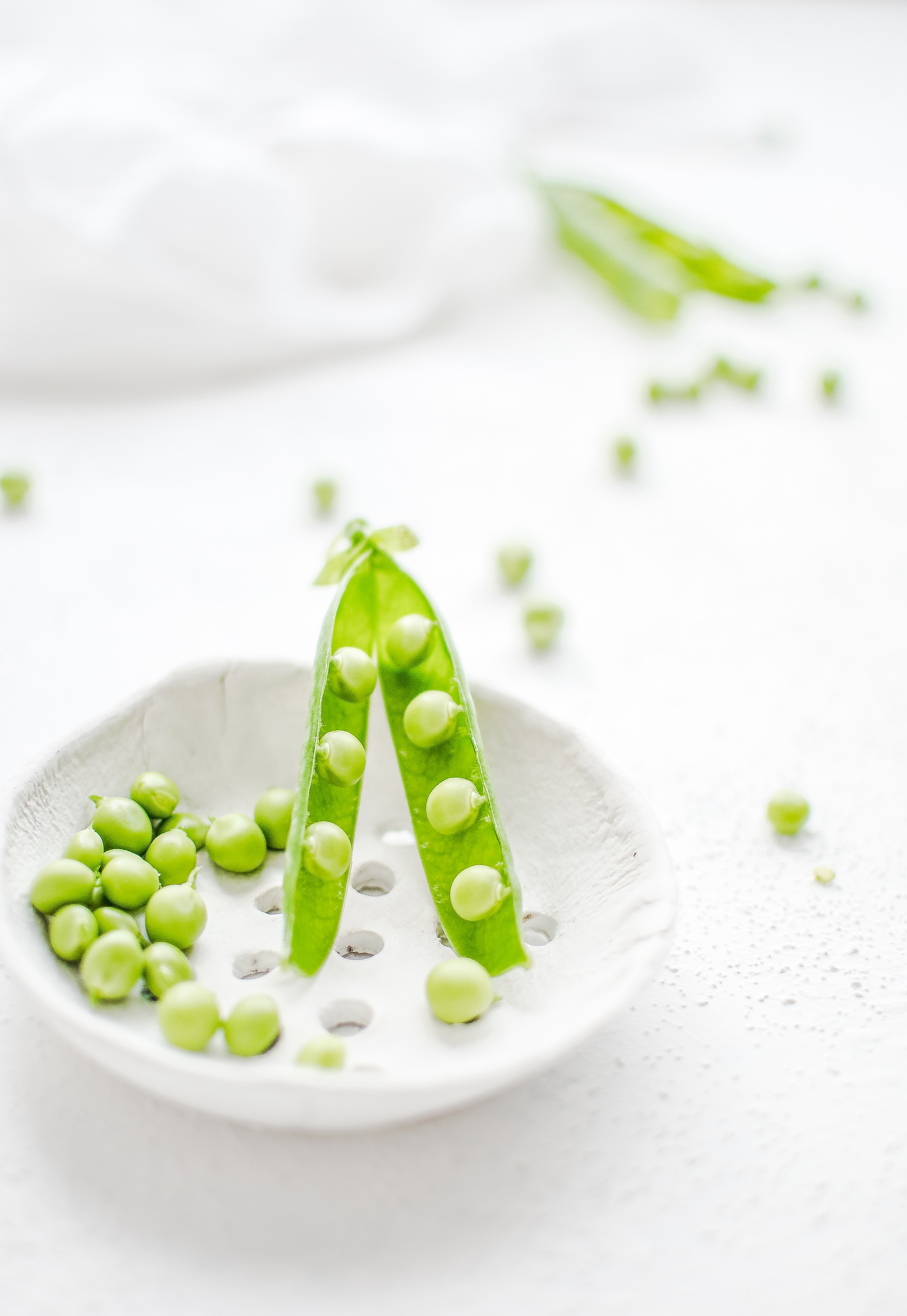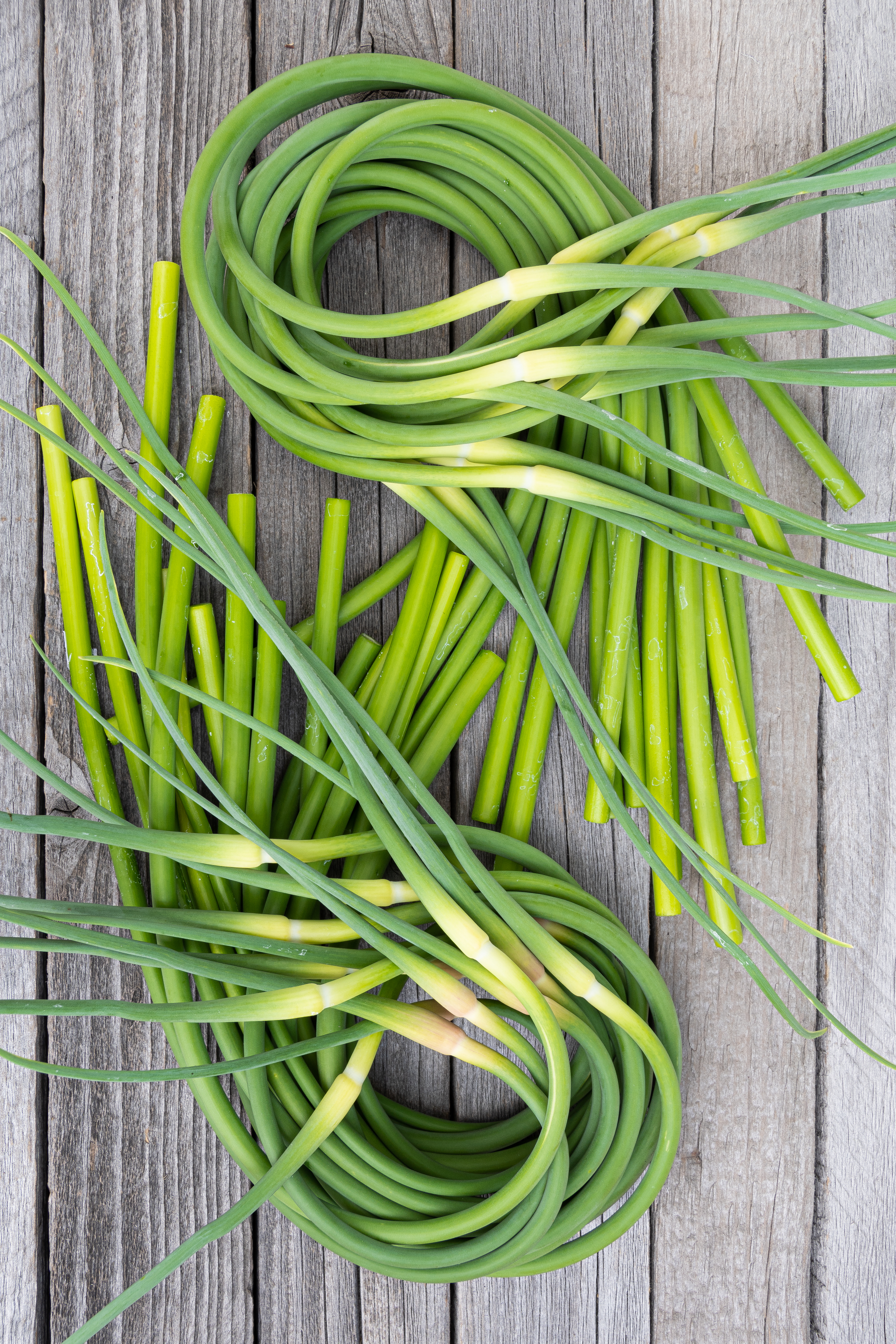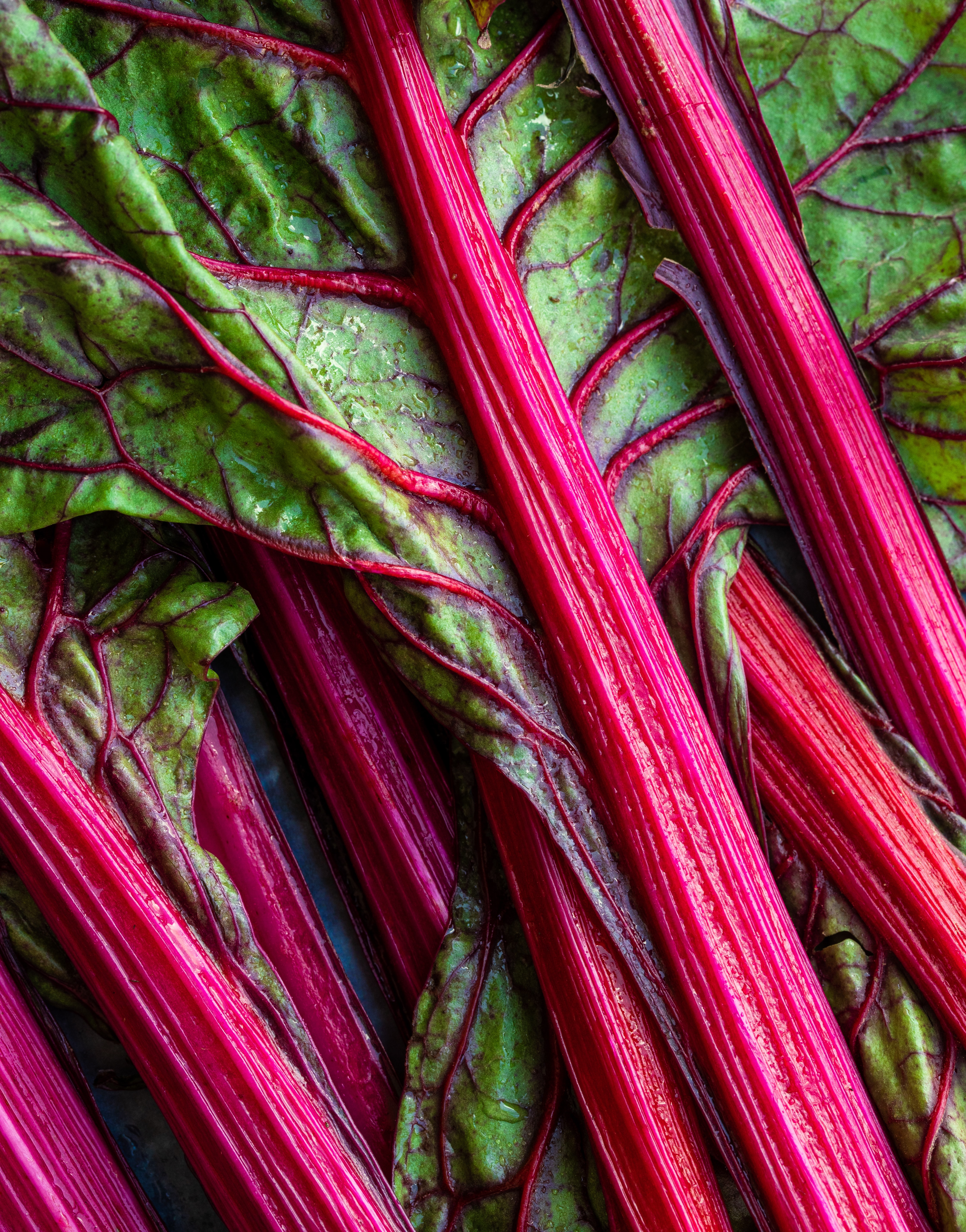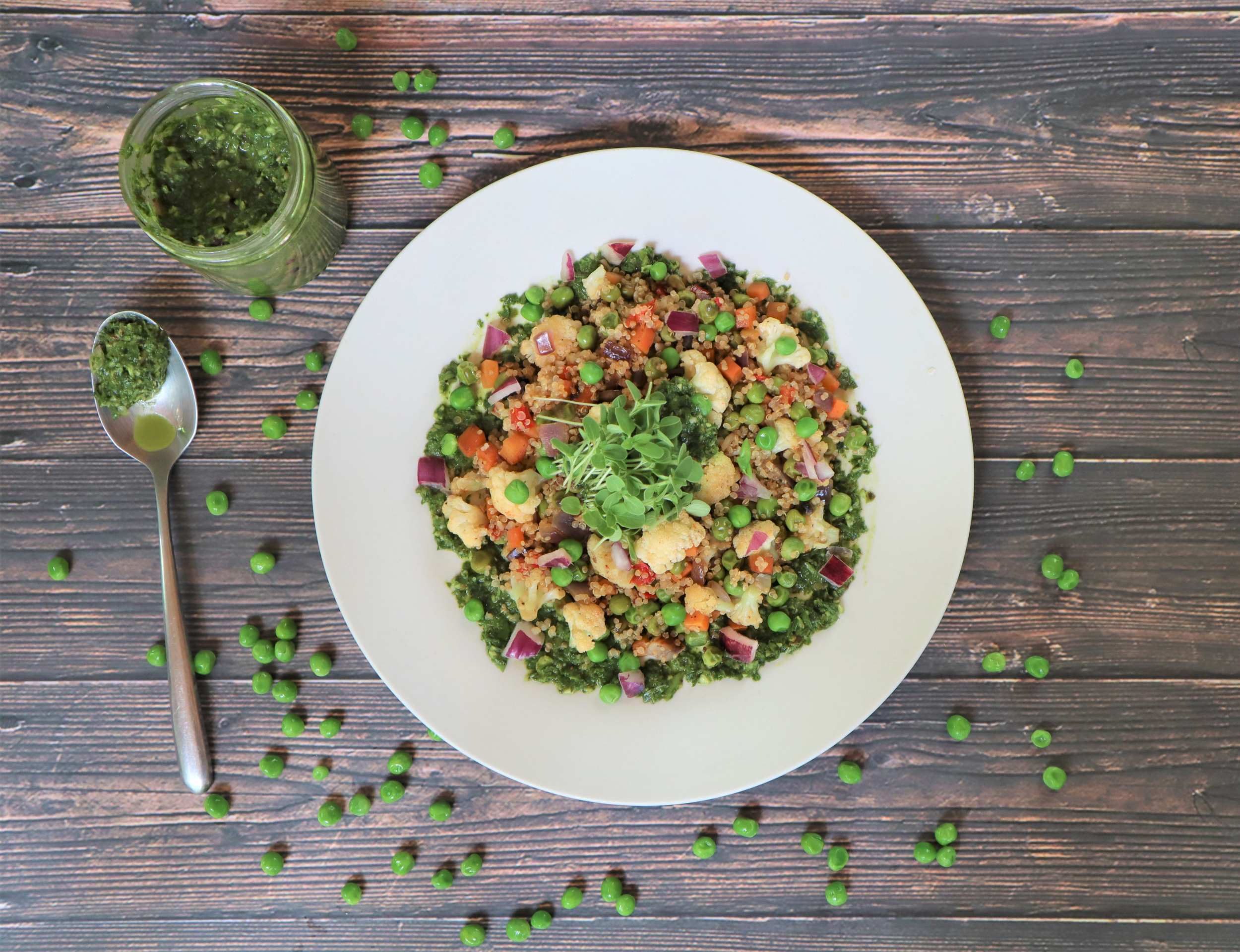Spring Into Fibre
Fibre for Digestive Health
As an advocate for the plant-based diet, I often get asked the question “where do you get your protein?” The answer simply is, from all food. There is no shortage of protein in plants. The foundation of plant foods are amino acids, which are the original building blocks of protein. The ox, the gorilla and the elephant have no lack of protein. The question we should all be asking ourselves is, “Where do we get our fibre?”
Fibre is critical to ensure that our digestion runs smoothly. Dietary fibre is found in all the plant food we consume, both soluble and insoluble. Soluble fiber easily dissolves in water and is broken down into a gel that can benefit the body by improving blood-glucose control, important for those with diabetes, whereas insoluble fibre acts as a gentle brush for your intestines. Unfortunately, there is no fibre at all in animal products.
Apart from regulating our digestive functions, both types of fibre have also been found to curb appetite, thus aiding with weight management and preventing illnesses that stem from imbalanced gut health. This is because one of the best benefits of fibre is its ability to boost probiotic bacteria colonization within our colon. And we all know how healthy probiotics are
Fibre is the Food for our Probiotics
One of the oldest techniques for food preservation is fermentation. It is also one of the most fool-proof ways to ensure our body gets its probiotic fill. Through lacto-fermentation, natural bacteria feed on the sugars and starches in our food. From this process, lactic acid is produced, creating an environment where good bacteria flourishes. Lactic acid bacteria have been found to improve intestinal tract health, enhance the bioavailability of nutrients in the food we consume, boost immunity, and reduce allergies and the development of certain cancers. But these little colonies need food, and that’s where fibre comes in.
Specialized plant fibres that help probiotics thrive in your gut are called prebiotics. The good bacteria feed off prebiotics, which results in stimulated growth of these much-needed probiotics.
The fibre that cannot be broken down and converted by the body as nutrients passes through the body sweeps toxins out of the digestive system and inevitably becomes the food for the collective colony of probiotics in our gut. Fibre is a veritable boost of nutrition for gut health.
Some of the prebiotic foods that we consume include superfoods such as seaweed, chia seeds and cacao. However, you don’t need to spend a fortune to get your fibre full. There is sufficient prebiotics in many of the foods we already eat, like bananas, apples, garlic, onion, and oats. A humble spring harvest of green garden peas, garlic scapes and rhubarb are also on the list of foods rich with healthy prebiotics.
 GREEN PEAS
GREEN PEAS
The humble green pea, a staple of North American peoples for centuries. With the exception of the famous “split pea soup” made from dried peas, green peas are often eaten fresh or frozen. They are a legume just like lentils, chickpeas and beans, but most consider them a vegetable. Who knew these amazing little peas were loaded with nutrition, including Vitamins A, C and K, fibre and protein? Although not a complete protein, when paired with quinoa and cauliflower, this delicious Green Pea and Quinoa Pilaf has all the essential amino acids your body needs to build complete protein. It’s also loaded with fibre, and we know how important that is for our body to function optimally.
GARLIC SCAPES 
Garlic Scapes are the tender tops of the stem and bud of the garlic plant. Harvesting the scapes is an important part of growing garlic. By cutting the scapes, the plants’ energy returns to the bulb, allowing it grow bigger. If the scapes aren’t cut, the energy goes into growing the flower, and the garlic bulb remains small, with less flavor. They can be used just like garlic any recipe, eaten both cooked or raw. They are very versatile and super nutritious, having anti-viral effects while boosting the immune system. Many health benefits are enhanced when the juicy sulfur compounds become mixed when garlic is chopped, crushed or chewed. Chop all your garlic ahead of time before consuming for this reason. This super yummy Fermented Garlic Scape and Carrot Top Chimichurri contains both probiotics and prebiotics too. Enjoy with a smile and share with those you love most.
 RHUBARB
RHUBARB
Rhubarb in Grandma’s garden was ubiquitous growing up. Little did I know then that these tart treats dipped in sugar also had a wide range of health benefits (minus the sugar of course!) Rhubarb is rich in anthocyanins, which is a particular group of antioxidants that give it its red colour. These antioxidants help protect you from unfavorable health conditions due to their anti-bacterial, anti-inflammatory, and anti-cancer properties. In this Lemon Cashew Cheesecake, a simple Ginger-Rhubarb Coulis pairs well with the sour of lemon and the creaminess from cashews while the additional Candied Ginger provides a spicy-umami depth. With one bite of this dairy-free, plant-based cheesecake, your tastebuds will sing!





